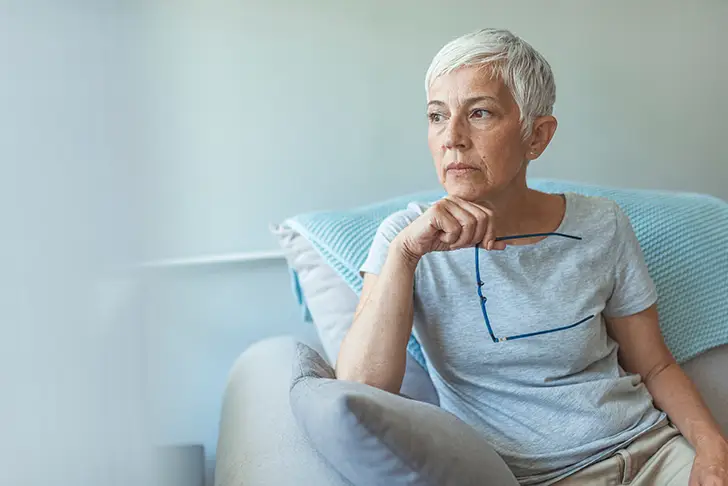Finding the right treatment for depression can be exhausting and demoralising. The three key treatments are antidepressants, therapy and lifestyle changes, but all three take time, and you can expect a few false starts along the way.
Antidepressants usually don’t kick in for around six weeks. Even then there is no guarantee that any particular antidepressant will work for you. If it doesn’t, then comes a frustrating period of weaning off it, then slowly starting another. A further six-week wait follows, again with no guarantee.
Therapists can be hard to find and the wait for an appointment excruciating. Then comes a period of assessment and selecting the course of treatment. Whether that is cognitive-behavioural therapy, traditional psychotherapy, or any of the variations, any improvement takes hard work and likely a few months.
Again there is no guarantee of success, and the patient may eventually find that this therapist or therapy is not for them. Another frustrating wait ensues.
Lifestyle changes such as exercise, meditation, improving diet or stopping alcohol are simultaneously the best and the worst treatments for depression. The best because they almost always help and come with zero side effects, but the worst because the hardest time to implement them is while depressed.
Clinical studies are often blind to these pitfalls. A trial usually compares the outcomes of two groups that have been through two different courses of treatment.
For example, say that:
- 100 people completed a course of Treatment A and 40 got better.
- 50 people completed a course of Treatment B and 30 got better.
Those results suggest that Treatment B is 50% better than Treatment A. That is the figure that gets attention, and often guides what doctors prescribe. But what of the people who can’t finish the course – those who stop exercising, drop out of therapy, or stop taking their meds because of side effects? Those patients don’t make it into the final figures.
All this means that clinical studies may not reflect what happens in the real world.
So how do we find the best course of treatment? The first step is to add a crucial element into the equation: tolerability. The tolerability of a course of treatment is the chance of completing it.
That chance relies mostly on side effects. The massive STAR-D trial showed that an antidepressant brings a 33% chance of full recovery. That figure rose to 70% for patients that go through the full four steps of adding or changing medications.
Unfortunately, over 40% of participants never made it that far and dropped out. Of those that made it to the end, 30% had intolerable side effects. These figures take a huge bite out of an antidepressant’s chance of success. Knowing this, doctors often select an antidepressant with the side effect profile that best matches their patient. Mirtazapine, for example, tends to cause sedation and weight gain, which could be fine for someone with poor appetite and trouble sleeping.
Fluoxetine could be the choice for patients with no concern over sexual side effects. Alas, finding patients who have no fear of weight gain or sexual problems can be difficult.
Tolerability is also low for lifestyle changes, since most people cannot sustain genuine changes for long, and depression only makes that harder.
If selecting the right antidepressant was based on effectiveness alone, then the best choice would be one of the older generation, the tricyclics or the MAO-inhibitors. These old workhorses consistently prove to be the most effective in clinical trials; unfortunately, they also have the lowest tolerability. Today they are mainly used after several courses of newer antidepressants have failed to do the job.
Electroconvulsive therapy is in a similar position. The fastest and most effective, ECT, remains a psychiatrist’s primary weapon against very severe depression. Alas the tolerability of ECT means that it is usually saved until everything has failed.
A promising treatment for the near future looks to be esketamine (an intranasal spray), which acts even faster and appears to be highly effective. Thankfully tolerability is also high.
NeuroTMS is one of the few centres with esketamine available for selected patients.
Understanding the twin goals of tolerability and effectiveness also illuminates why Transcranial Magnetic Stimulation (TMS) has become such a popular choice for psychiatrists at NeuroTMS.
TMS boasts similar effectiveness to antidepressants but comes with very few side effects. This means that tolerability is high and patients almost always complete the planned course.
TMS avoids the frustration of weaning antidepressants and starting a new one, or waiting for the effects of therapy.
Before starting a treatment for depression, make sure to discuss with your doctor not just whether it works, but also your chance of completing the course. Only by combining effectiveness and tolerability can we judge a treatment for its use in the real world.







